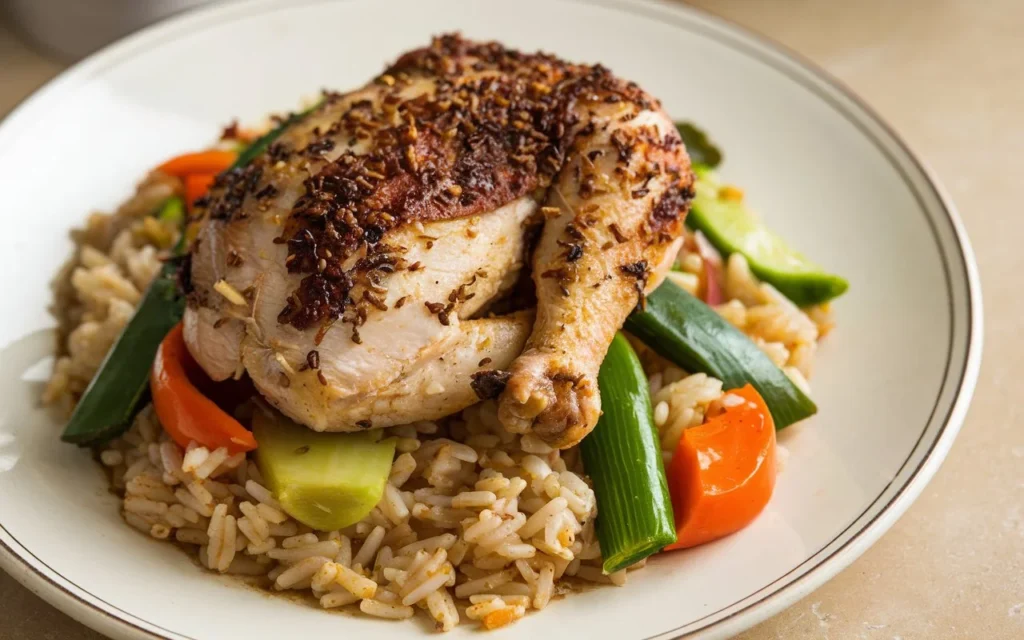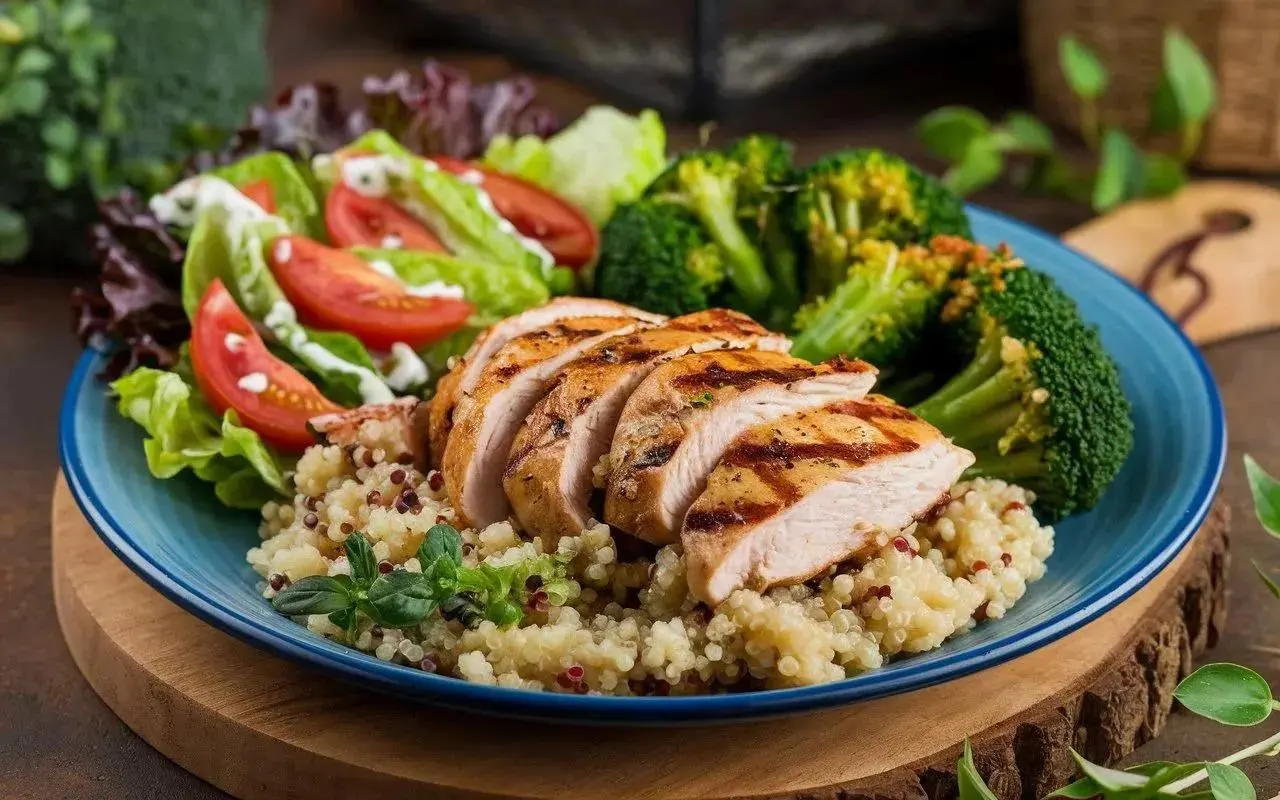Introduction to the 90 30 50 Diet plan
The 90 30 50 diet is a simple yet effective weight loss plan developed by Dr. Ian K. Smith. As the name suggests, it focuses on consuming no more than 90 grams of carbs, 30 grams of protein, and 50 grams of fat per meal. Proponents claim this macronutrient breakdown optimizes the body’s metabolism for weight loss.
The Principles of the 90 30 50 Diet
The core principle of this diet is balancing macronutrients at each meal. By restricting carbs, protein, and fat to the specified grams, it aims to control blood sugar and insulin levels. This keeps you feeling full and satiated between meals to curb cravings and overeating. Portion control is also important as overeating can sabotage results.
Benefits of the 90 30 50 Diet
- Simplistic structure makes it easy to follow
- Balanced macronutrients help control hunger and metabolic hormones
- No forbidden foods so it’s more sustainable long-term
- Encourages mindful eating and listening to hunger cues
- Can be customized for individual calorie needs and goals
Key Components of the Diet
- Limit total carbs to 90 grams per meal
- Restrict protein to 30 grams per meal
- Maintain fat intake at 50 grams per meal
-consume 3 meals and 1-2 planned snacks daily - Drink plenty of water and watch portion sizes
Planning Your Meals on the 90 30 50 Diet

To start, analyze a week’s worth of meals to identify areas for improvement. Measure out servings to learn appropriate portion sizes. Then plan balanced meals and snacks under the 90 30 50 guidelines. Variety is important for sustainability.
Here is a sample weekly menu:
Day 1:
Breakfast – egg white scramble, fruit. Lunch – tuna salad, veggie sticks. Dinner – salmon, roasted potatoes, green beans
Day 2:
Breakfast – Greek yogurt parfait. Lunch – turkey sandwich, soup. Dinner – chicken stir fry
Day 3:
Breakfast – oatmeal, berries. Lunch – lentil soup, salad. Dinner – beef stir fry, brown rice
Day 4:
breakfast – protein shake, banana. Lunch – chicken caesar salad. Dinner – pork chops, sweet potato, broccoli
Day 5:
Breakfast – whole wheat toast, peanut butter. Lunch – tuna sandwich, fruit. Dinner – shrimp pasta, garlic bread
Day 6:
Breakfast – egg muffins. Lunch – turkey burger, baked potato. Dinner – spaghetti squash Bolognese
Day 7:
Breakfast – overnight oats. Lunch – salmon salad, pita bread. Dinner – beef and veggie kebabs, quinoa
Exercise and the 90 30 50 Diet
Exercise is an important part of weight loss. Aim for a minimum of 150 minutes per week of moderate activity like brisk walking, yoga, or light jogging. Strength training 2-3 times a week helps preserve muscle mass during weight loss.
Tracking Progress and Adjustments
Weigh yourself weekly and adjust portions as needed. Re-evaluate meal plans if goals aren’t being met. Consider consulting a dietician if reaching a plateau.
Common Challenges and How to Overcome Them?
Portion control and cravings can be challenges. Use smaller plates, take time to chew food well, and opt for low-calorie snacks like vegetables when hungry between meals. Having an accountability partner or meal-planning buddy can also help stay on track.
Conclusion
The 90 30 50 diet provides an easy framework for balanced, sustainable weight loss. With proper planning and portion control, it can effectively optimize hormones and metabolism long-term. Consistency and patience are key when adapting to any dietary change.

